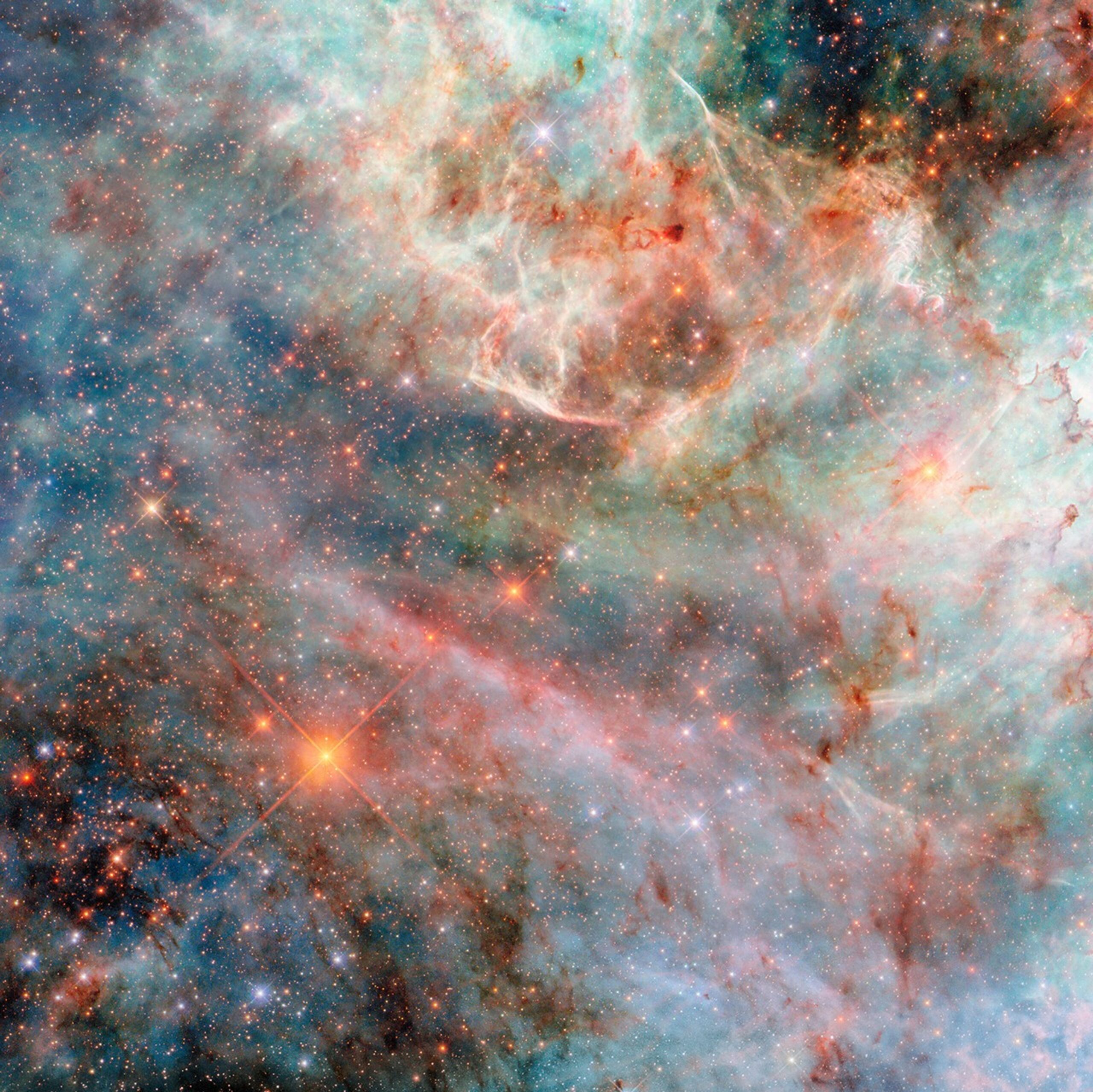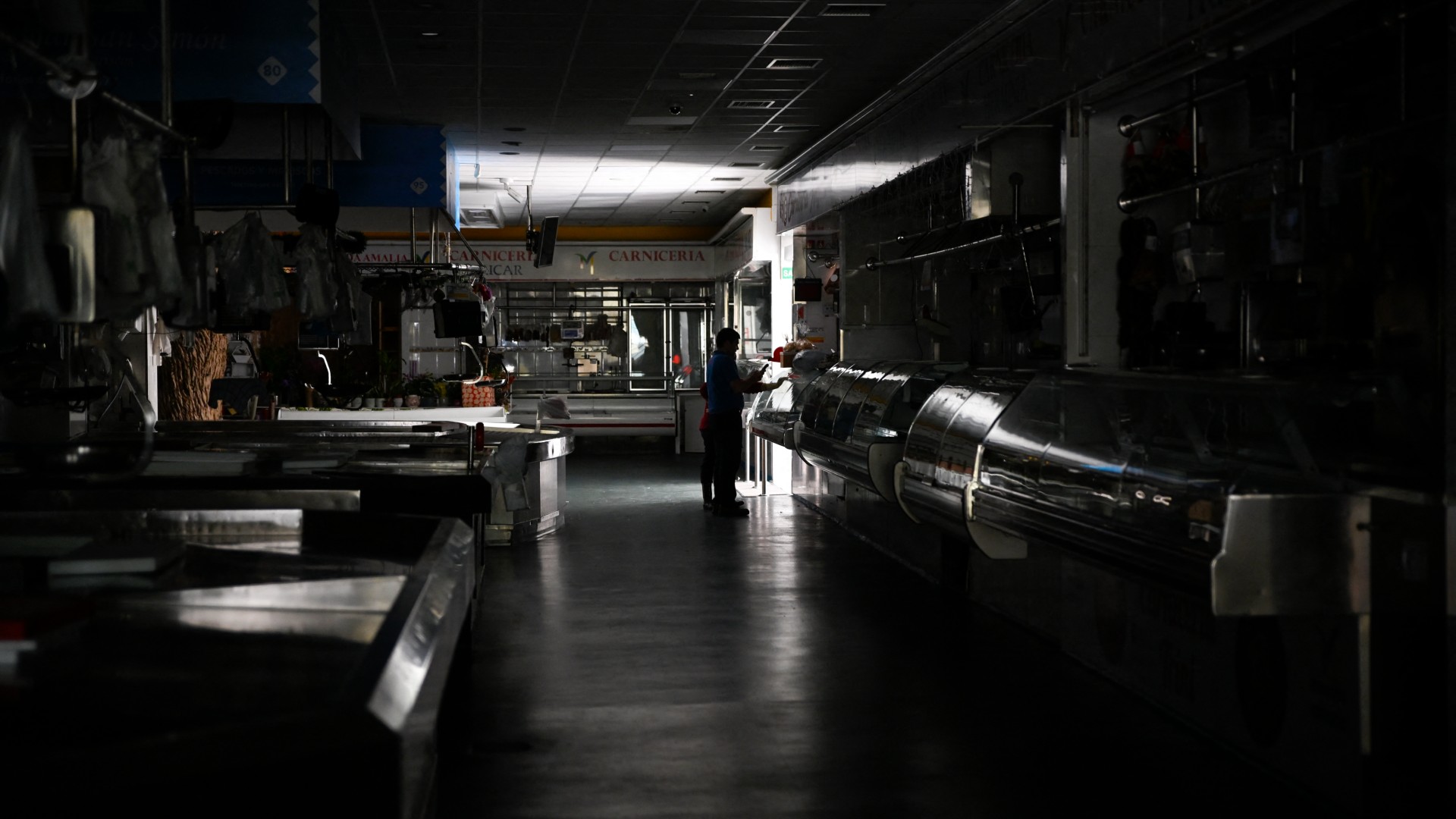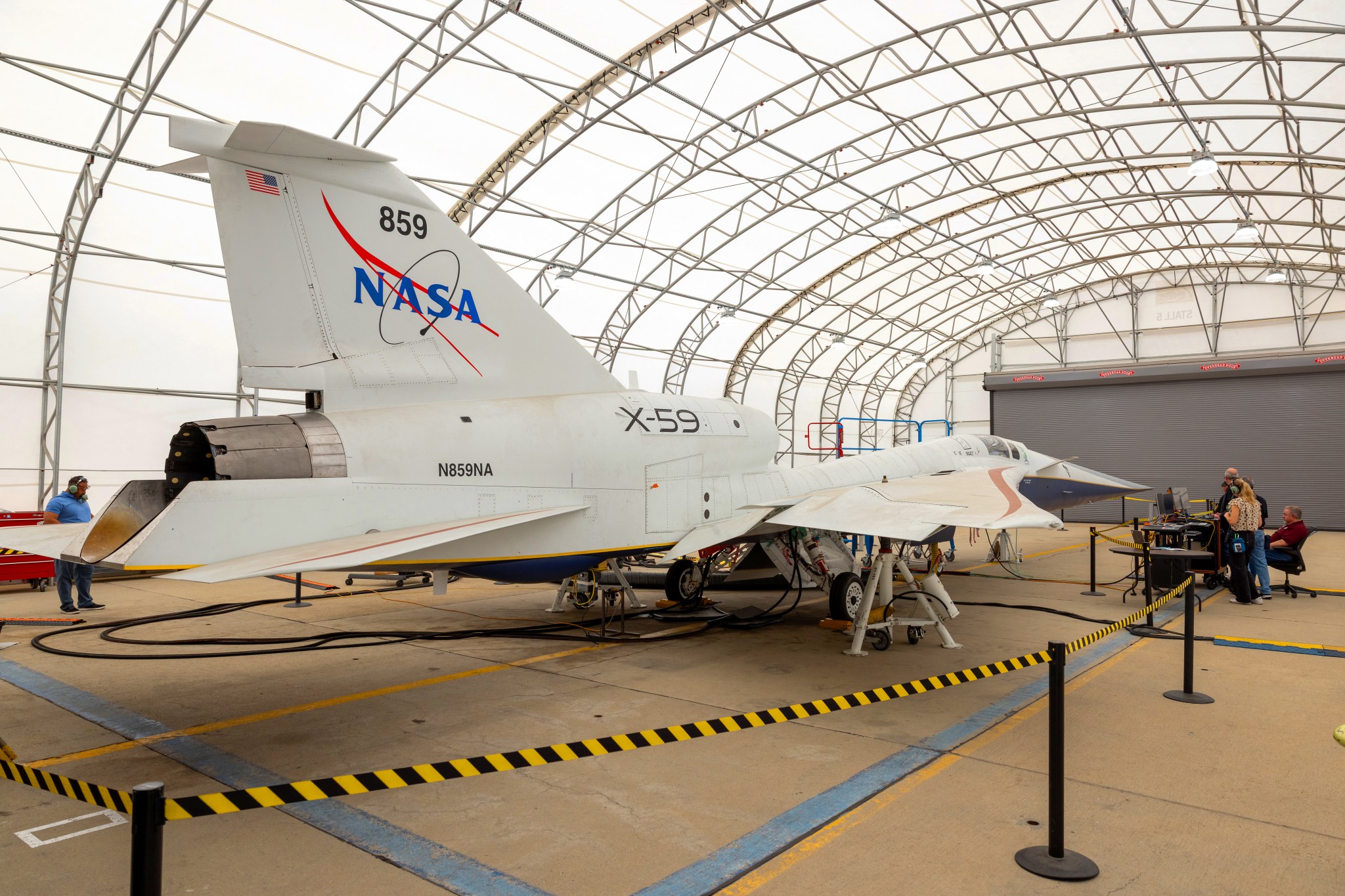Explore Hubble Hubble Home Overview About Hubble The History of Hubble Hubble Timeline Why Have a Telescope in Space? Hubble by the Numbers At the Museum FAQs Impact & Benefits Hubble’s Impact & Benefits Science Impacts Cultural Impact Technology Benefits Impact on Human Spaceflight Astro Community Impacts Science Hubble Science Science Themes Science Highlights Science Behind Discoveries Hubble’s Partners in Science Universe Uncovered Explore the Night Sky Observatory Hubble Observatory Hubble Design Mission Operations Missions to Hubble Hubble vs Webb Team Hubble Team Career Aspirations Hubble Astronauts Multimedia Multimedia Images…
Read MoreDay: May 16, 2025
Solar storms and cyberattacks can both cause blackouts. Knowing the difference could save billions of dollars
Space weather and cyberattacks can cause similar disruption to our civilization’s indispensable technology systems. Telling one from the other swiftly and reliably can make billions of dollars’ worth of difference to economies that could grind to a halt when such disruptions occur. Shortly after noon on April 28, the whole of Europe’s Iberian Peninsula plunged into darkness. An unknown incident shut down power grids serving Spain, Portugal and parts of Southern France. In an instant, the working day was over for millions of people as anything not powered by a…
Read MoreNASA X-59’s Latest Testing Milestone: Simulating Flight from the Ground
5 min read Preparations for Next Moonwalk Simulations Underway (and Underwater) NASA’s X-59 quiet supersonic research aircraft is seen during its “aluminum bird” systems testing at Lockheed Martin’s Skunk Works facility in Palmdale, California. The test verified how the aircraft’s hardware and software work together, responding to pilot inputs and handling injected system failures. Lockheed Martin / Garry Tice NASA’s X-59 quiet supersonic research aircraft successfully completed a critical series of tests in which the airplane was put through its paces for cruising high above the California desert – all…
Read MoreWhy scientists are so excited about the highest-energy ‘ghost particle’ ever seen
Earlier this year, an underwater detector in the Mediterranean Sea found the most energetic neutrino to date. And scientists are still talking about it because, well, this discovery could be a really big deal. Not only could this neutrino, also known as a “ghost particle,” have been fleeing a gamma-ray burst or a supermassive black hole, but it could also have been produced by an ultra-powerful cosmic ray interacting with the cosmic microwave background (CMB). That latter bit which we’ll get to soon, could be huge. Moreover, the detector that…
Read More


